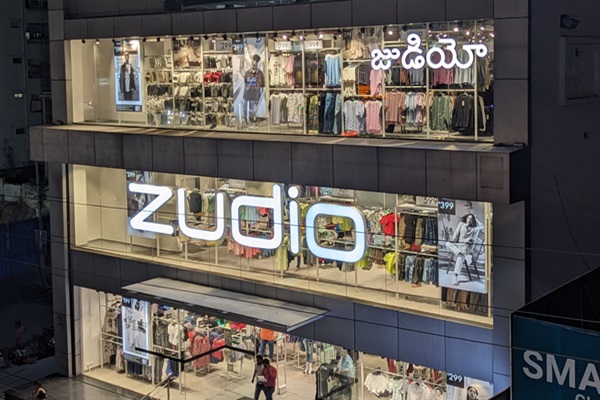.png)

Groupthink is the House View of BasisPoint’s in-house columnists.
May 6, 2025 at 7:54 AM IST
India’s retail sector is undergoing a quiet but significant reset, if the latest quarterly results, analyst notes, and management commentary are anything to go by. The January–March story isn’t about who sold more noodles or kurtas. It’s about who sold them cheaper, faster, and closer to non-metro wallets.
Value retail has gone from category to conviction. Vishal Mega Mart’s numbers say it all—a 23% surge in sales and an 88% jump in profit in the March quarter. Affordability is no longer a compromise, it is the new aspiration.
Backed by private equity, Vishal’s model is engineered for India’s value-conscious shopper. It operates 696 stores across the country, and three-fourths of its sales come from private labels. Its average store size is modest, but its scale is massive with 90 new stores added in 2024-2025, most of them in Tier 2 and Tier 3 towns. Its customer base is sticky, with 95% of sales coming from repeat buyers. And it’s not just selling cheap—it’s also consistent and smart. Gross margins expanded by 182 basis points, thanks to an improved product mix and sharper sourcing, not price hikes.
D-Mart, the other value behemoth, also had a solid quarter, with 17% year-on-year sales growth. Its model remains unflashy: groceries, a low-cost supply chain, and cluster-based expansion. That formula still works. The one soft spot is its heavy tilt toward food, which trimmed margins slightly.
Then there’s Reliance Retail, the behemoth with range and reach. It added over 1,000 stores in the March quarter, while pruning underperformers—a sign of strategic clarity, not chaos. Growth engines now include grocery, value apparel, and fast fashion. In-house brands like Campa and Independence are gaining share, helping consumer brand revenues touch ₹115 billion in 2024–25.
JioMart is also scaling up in quick commerce, now promising sub-30-minute delivery across 4,000 pincodes.
The underlying current? Households are under pressure. Inflation fatigue is real. Indian consumers aren’t cutting spending—they’re recalibrating it. Discretionary demand is intact, but more discerning. Small packs, in-house labels, and bulk discounts aren’t frills anymore; they’re fundamentals.
That shift is straining premium retail. Shoppers Stop posted just 2% sales growth in January–March, and profits barely held up. Even its beauty and private label arms—once the cornerstone of its margin profile, are starting to look tired. Footfalls held steady, but average basket size is shrinking. That’s not a branding problem; it’s a pricing problem.
Tata Group’s Trent is faring better, but not immune. Its overall sales rose 29% in January–March, but like-for-like growth slipped to mid-single digits. Margin improvement came not from pricing power, but from tight cost control and reversal of long-term incentive provisions. Its fast-fashion chain Zudio crossed the $1 billion revenue mark, and now has 750 stores. But as it densifies across urban micro-markets, cannibalisation is a risk, and store-level throughput could flatten.
The takeaway isn’t that premium is passé. It’s just being outpaced. Indian shoppers haven’t abandoned style—they’re just demanding value with it. Players like Trent, which span both ends of the spectrum—Westside at the premium end, Zudio at the mass-market—are better positioned. Reliance too plays both hands. But for most, the middle is hollowing out fast.
Retail is undergoing a quiet sorting: mass with muscle, or niche with nuance. Those stuck in the middle—neither affordable nor differentiated—risk becoming invisible. For now, value is where growth, loyalty, and margin all converge. Premium players will have to do more than exist. They will need to earn relevance.




